In Vietnam, this tuber is very cheap, but China spends billions of dollars to "buy" almost all of our farmers' products.
Cassava used to be a “famine-relief” tuber in Vietnam. Nowadays, this tuber is grown by people as a commodity crop to serve domestic consumption and export needs, but at a very cheap price.
Preliminary statistics from the General Department of Customs show that by the end of November this year, our country had exported more than 2.3 million tons of cassava and various cassava products, earning more than 1.04 billion USD.
Although exports decreased by 12.9% in volume and 10.2% in value compared to the same period last year, cassava and cassava products are the 9th group of agricultural products with a turnover of over 1 billion USD.
The average export price of cassava and cassava products in the first 11 months of 2024 is estimated at 449.3 USD/ton, an increase of 3.1% over the same period in 2023.
China is the largest traditional customer, "buying" 91.4% of Vietnam's cassava and cassava products exports.

According to the Vietnam Cassava Association, it is now harvest season so cassava output to factories is higher. Some factories in the Central and Central Highlands regions have lowered their purchase prices for this raw material.
Since the beginning of November, the purchase price of raw cassava tubers in some provinces in the Central and Central Highlands regions has fluctuated at 1,900-2,300 VND/kg, down 100-300 VND/kg compared to the end of October. The purchase price of fresh cassava in the Northern region has fluctuated around 2,000-2,050 VND/kg.
Currently, some factories have to adjust production volume down due to slowing demand from China.
The Vietnam Cassava Association also said that although the inventory of cassava starch at Chinese ports has decreased (the total inventory is estimated at about 170,000 tons), Chinese shippers are still buying cautiously. Part of the reason is that they want to wait for new crop supplies from Southeast Asian countries.
The agency also forecasts that the cassava chip market in the 2024-2025 crop year will continue to have a downward trend in both price and demand.
Accordingly, for cassava growing areas and annual production of dried cassava chips, farmers can consider waiting until next year to harvest, instead of harvesting fresh cassava to make dried cassava chips in the 2024-2025 crop.

Source: https://vietnamnet.vn/trung-quoc-chi-hang-ty-usd-bao-mua-cu-san-cua-viet-nam-2348217.html


![[Photo] Prime Minister Pham Minh Chinh receives CEO of Standard Chartered Group](https://vstatic.vietnam.vn/vietnam/resource/IMAGE/2025/4/2/125507ba412d4ebfb091fa7ddb936b3b)
![[Photo] Comrade Khamtay Siphandone - a leader who contributed to fostering Vietnam-Laos relations](https://vstatic.vietnam.vn/vietnam/resource/IMAGE/2025/4/3/3d83ed2d26e2426fabd41862661dfff2)


![[Photo] General Secretary To Lam receives Russian Ambassador to Vietnam](https://vstatic.vietnam.vn/vietnam/resource/IMAGE/2025/4/2/b486192404d54058b15165174ea36c4e)
![[Photo] Prime Minister Pham Minh Chinh receives Deputy Prime Minister of the Republic of Belarus Anatoly Sivak](https://vstatic.vietnam.vn/vietnam/resource/IMAGE/2025/4/2/79cdb685820a45868602e2fa576977a0)
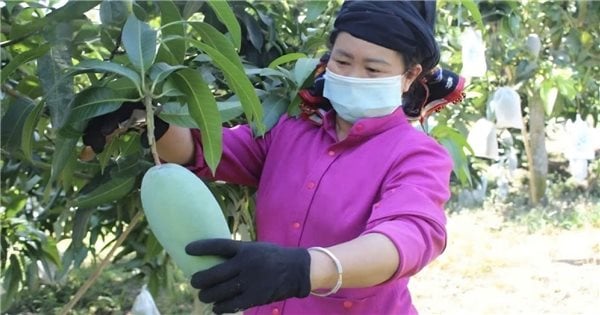

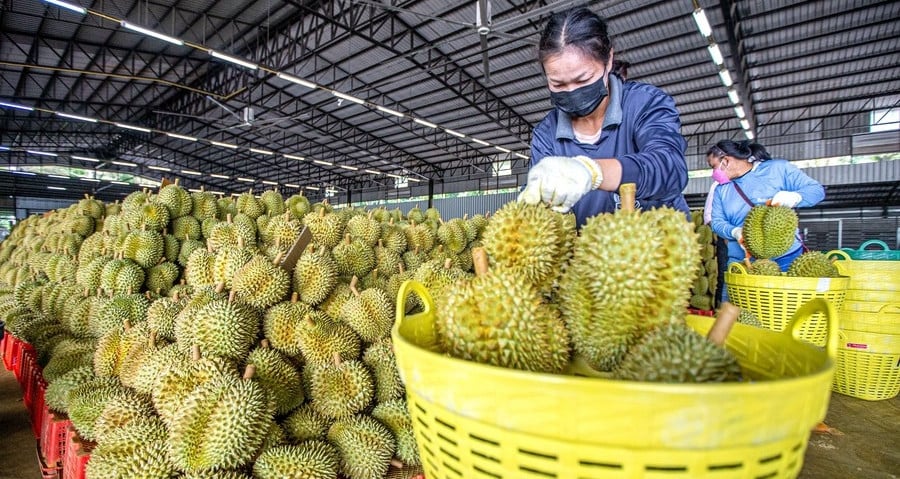
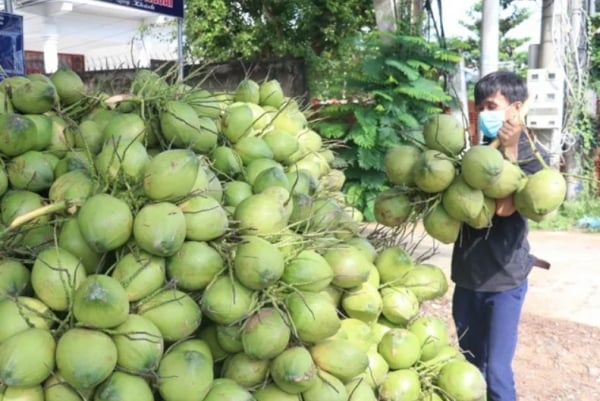

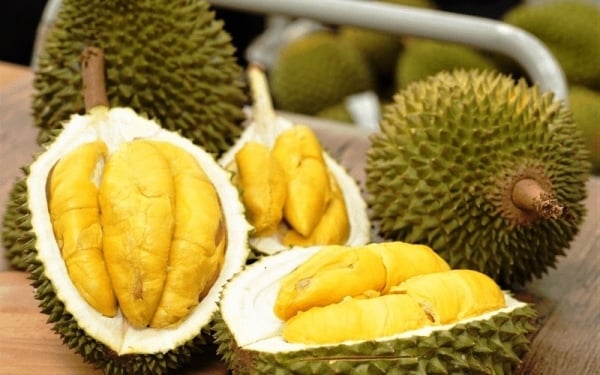

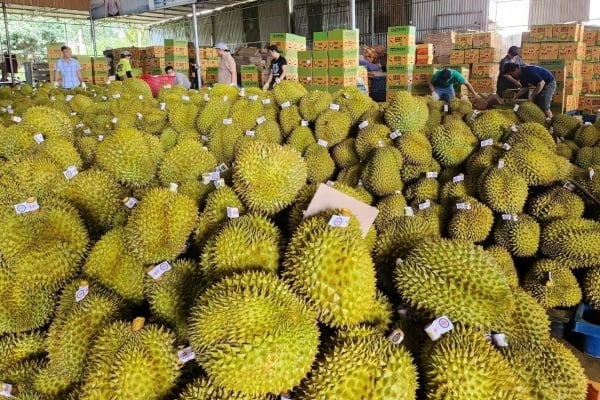




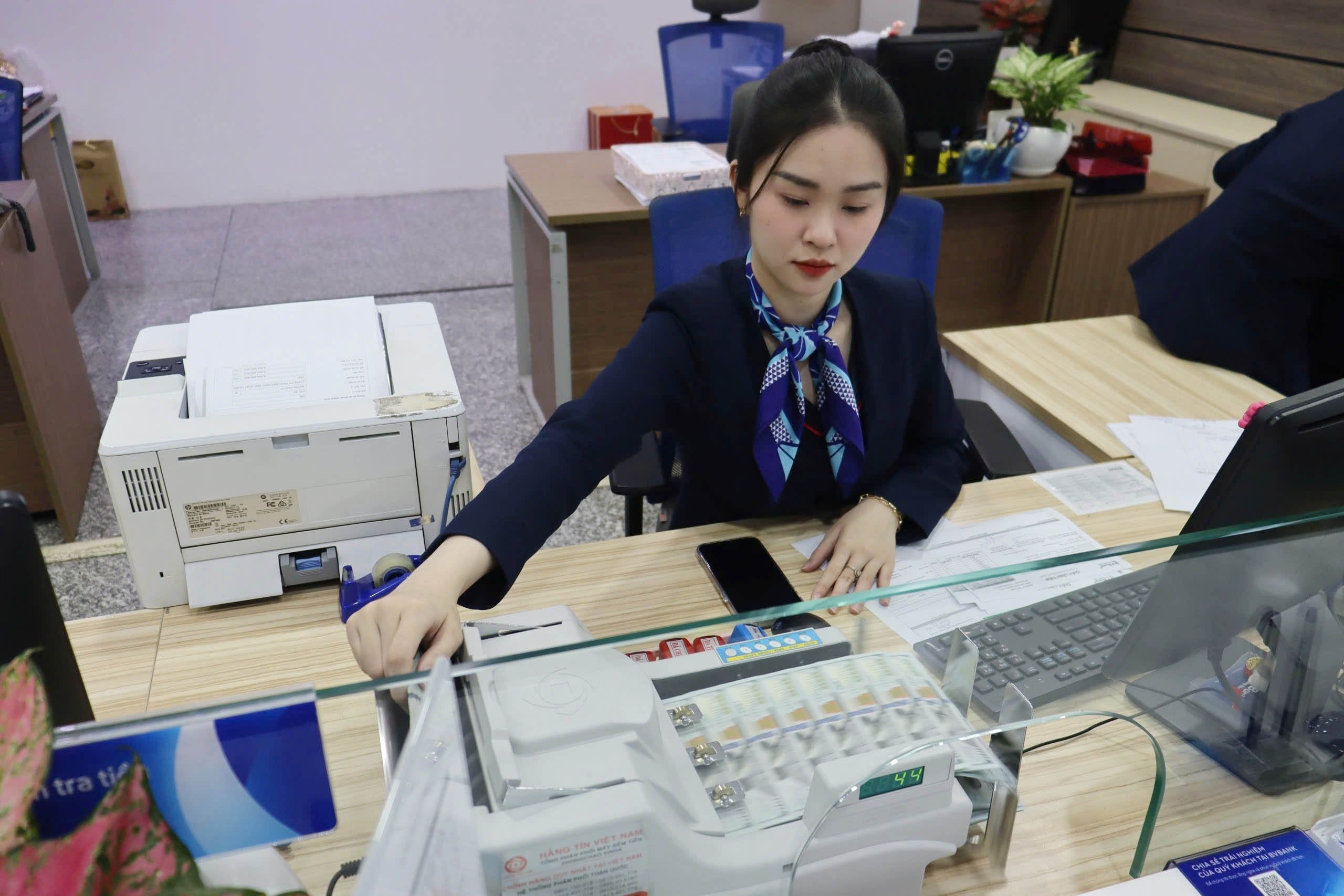







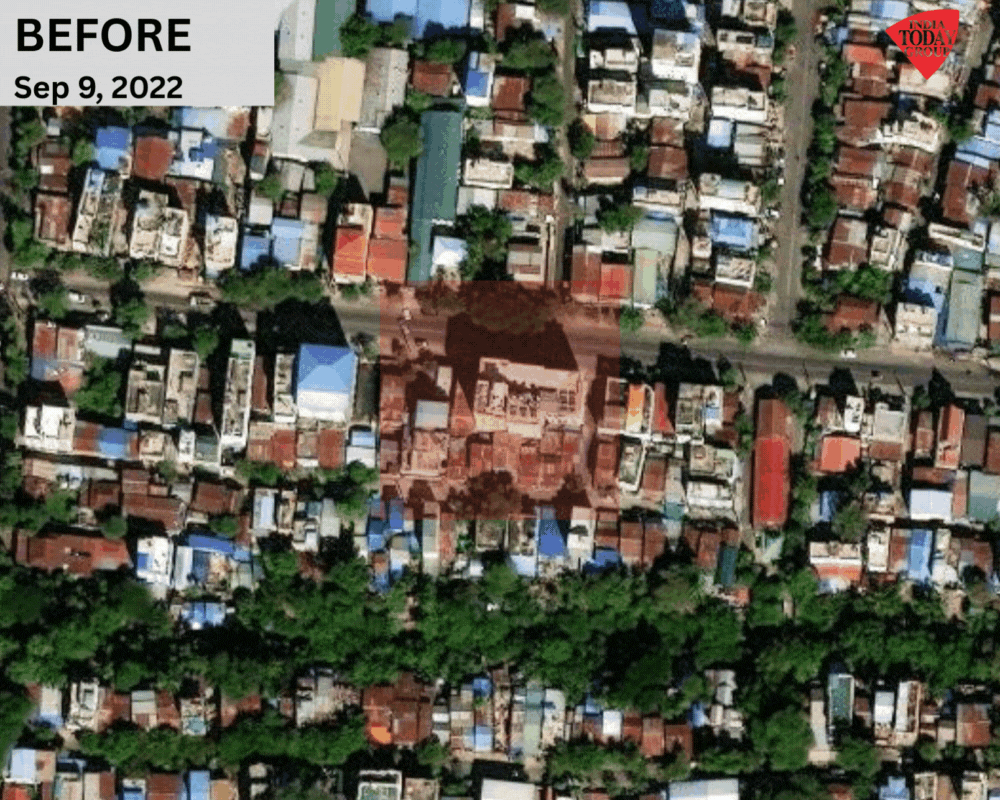





















































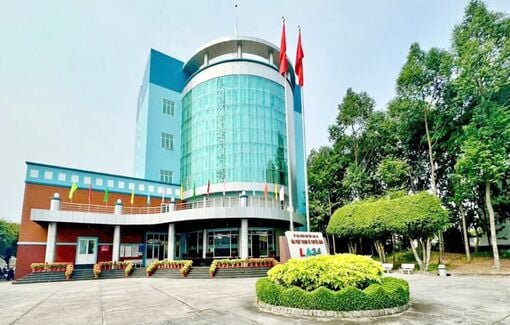











Comment (0)